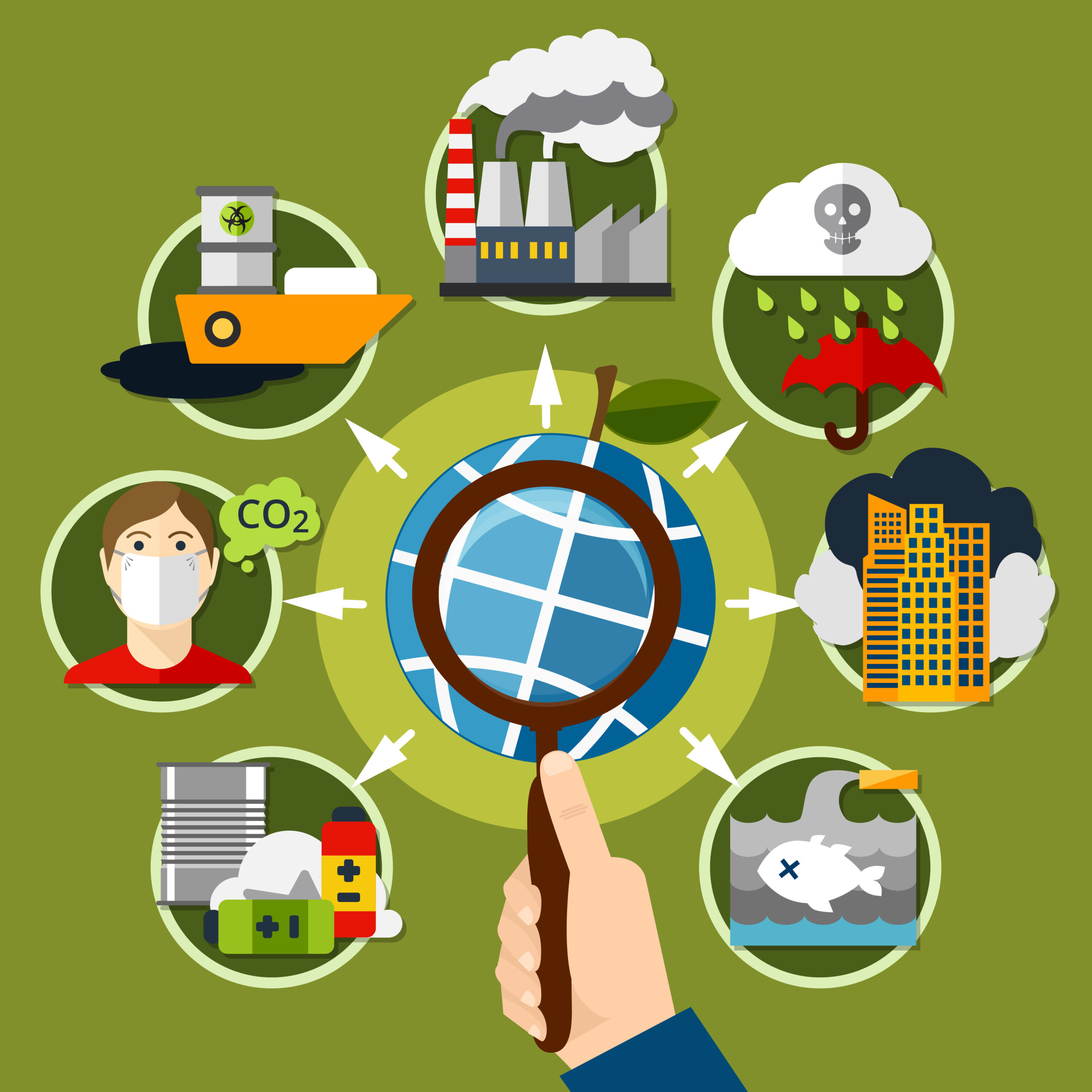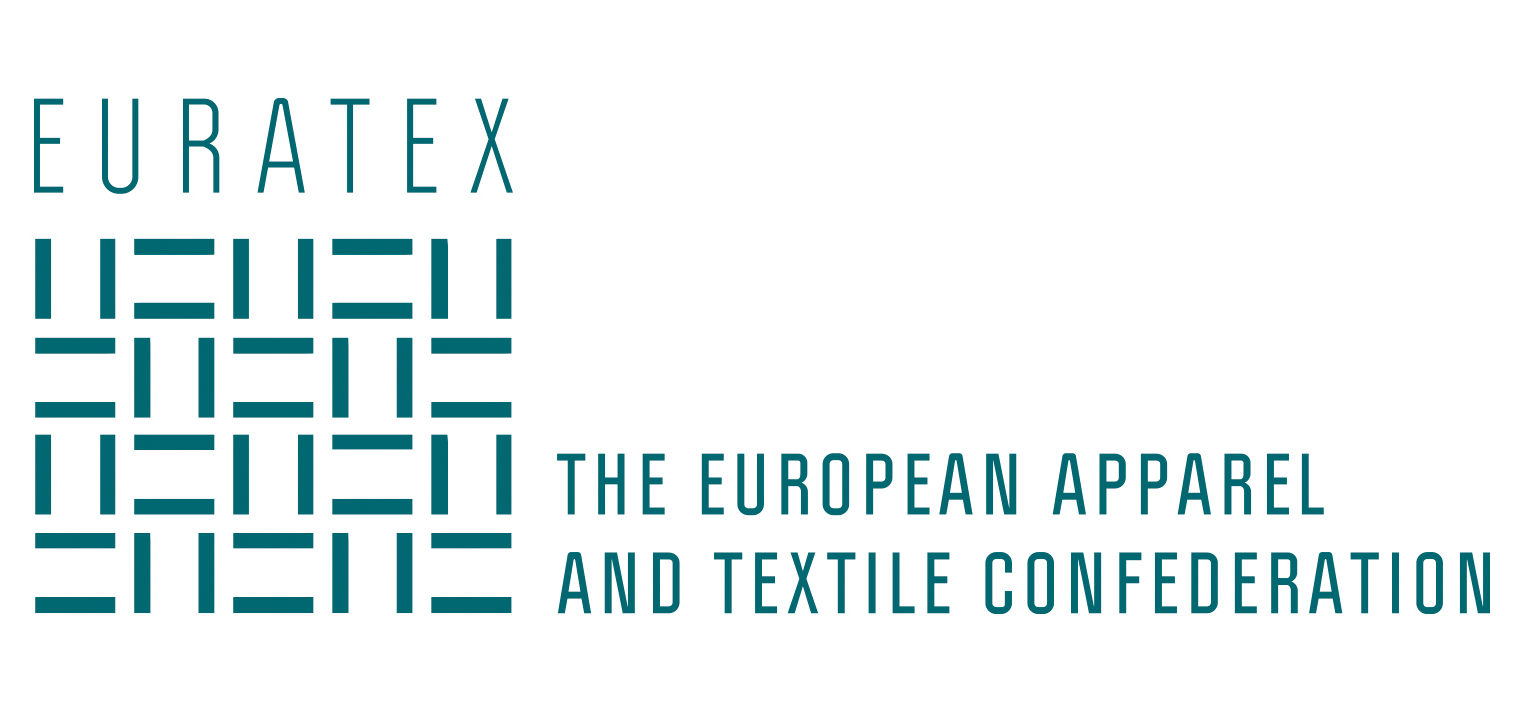Industrial practises are highly regulated in the European Union with the aim of restraining harmful emissions. The Industrial Emissions Directive (IED) is the main reference point for this. The legislation identifies industrial activities that are required to operate in accordance with permits granted by the authorities in EU Member States. The recent revision proposed in 2022 increases the focus on energy, water and material efficiency, reuse, and safer industrial processes.
The European Best Available Techniques reference documents (BREFs) are within the regulatory framework of IED and delineates the industrial processes, their respective operating conditions and emission rates. The European Union Member States refer to BREF to authorize and monitor industrial manufacturing and the related emission in the environment.
EURATEX and its members, engage with the EU Joint Research Center, national authorities and NGOs (also known as the Sevilla process), to develop new Textiles BREFS. Also, EURATEX advocates to ensure that the Industrial Emissions Directive Revision reflects the needs of SME textile factories in the EU.
Principles guiding EURATEX’s actions
Proportionality for SME textile factories in the EU.
Diversity in emissions limit values.
Alignment between Textile BREF and Industrial Emissions Directive.
Policy Dossiers
Industrial Emissions Directive
The Directive identifies industrial activities that are required to operate in accordance with a permit granted by the authorities in EU Member States. The proposed revision aims to improve the Directive by increasing the focus on energy, water and material efficiency, reuse, and safer industrial processes.
EURATEX Position
• Alignment of the Revision and the Sevilla process outcomes is necessary, and thus, the recently finalised and negotiated TXT BREF i.e., Best Available Techniques documents.
• Diversity in emissions levels must be reflected due to the production variety of individual textile manufacturers, for example, ranging from technical textile to consumer goods.
• Business confidentiality must be ensured with new provisions.
Cooperation
Textile BREF
The Best Available Techniques (BAT) Reference Document (BREF) for the Textiles Industry is part of a series of documents presenting the results of an exchange of information between EU Member States, the industries concerned, non-governmental organisations promoting environmental protection. This BREF addresses installations for the pretreatment (operations such as washing, bleaching, mercerisation) or dyeing of fibres or textiles.
EURATEX worked closely with its Members and the EU Joint Research Center, national authorities and NGOs, to develop Textile BREF, with the most recent one from 2023.


